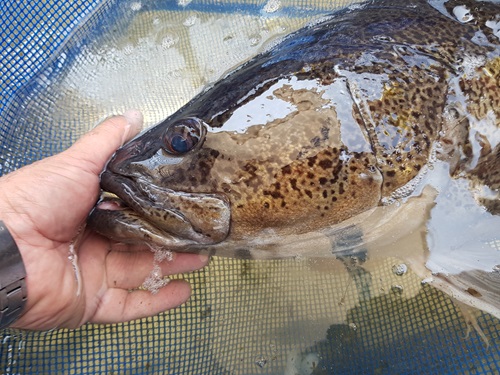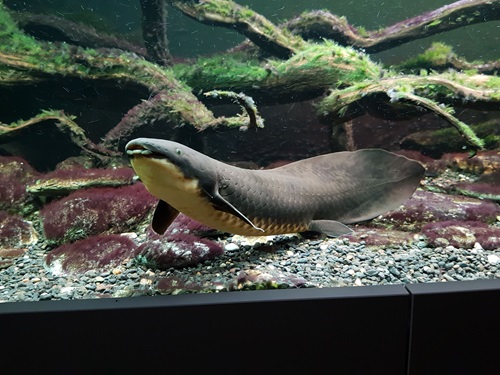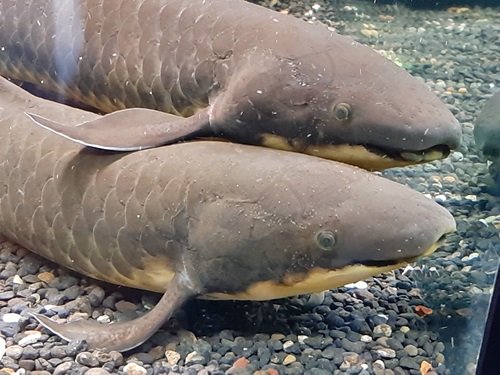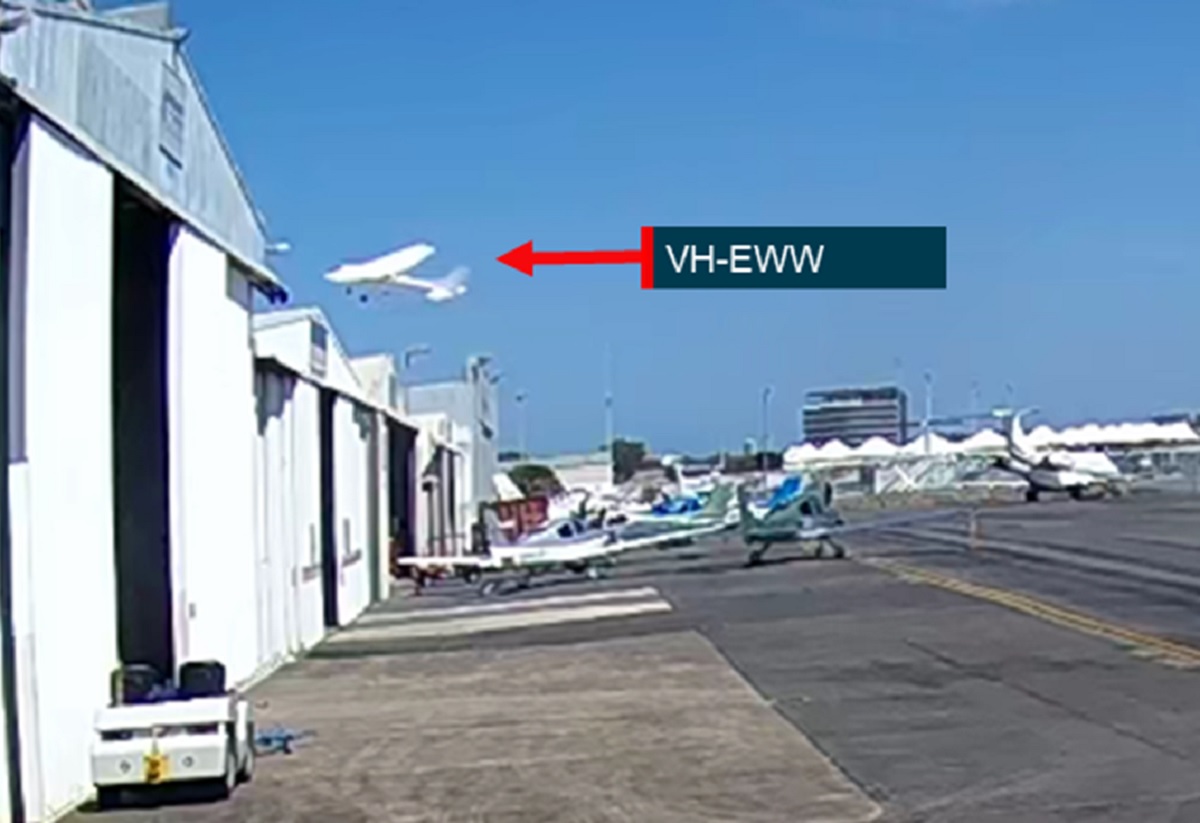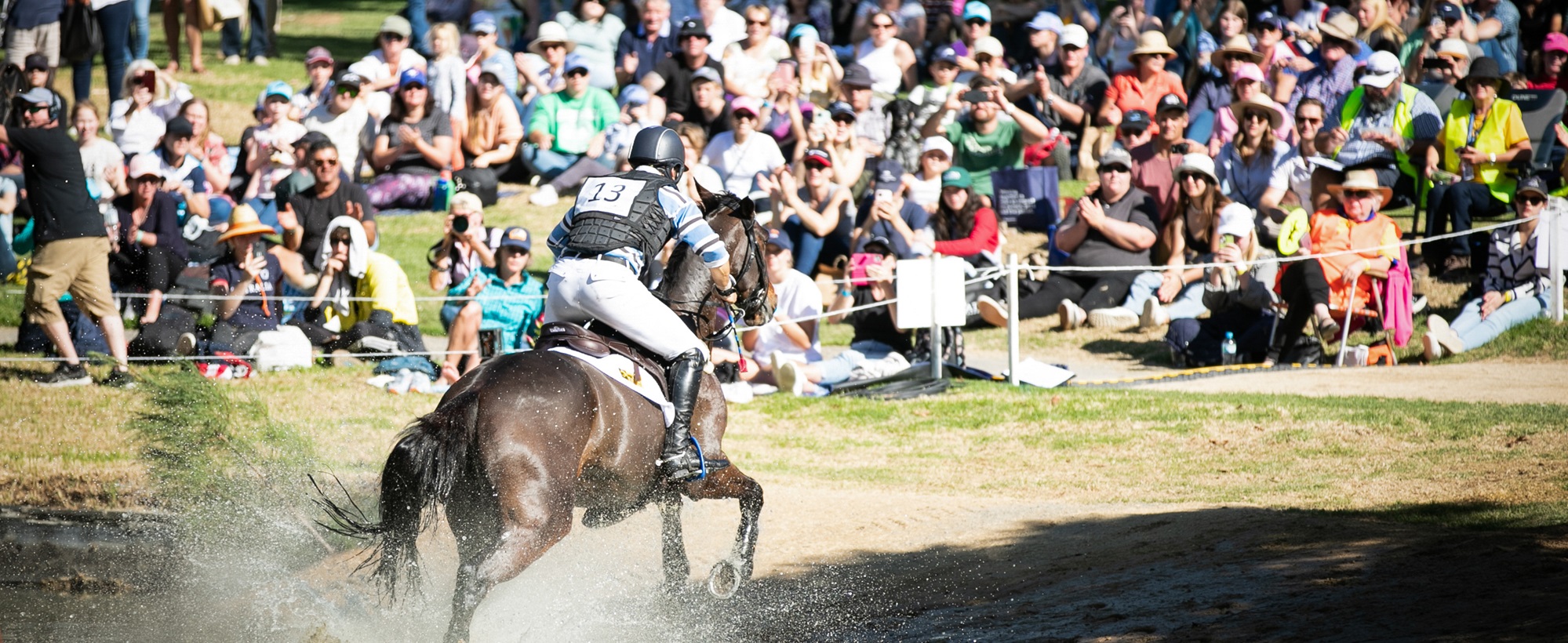A DNA test developed by CSIRO, Australia’s national science agency, can improve management of wild fish populations for conservation or harvest by determining the ages of fishes.
Postdoctoral Fellow with CSIRO’s Environomics Future Science Platform Dr Ben Mayne said the new method is a non-lethal alternative to counting growth rings in their otoliths, or ear bones of fish, to reveal their age.
“We developed a fast, cost-effective DNA test for use with three threatened Australian freshwater species, the Australian lungfish, the Murray cod and the Mary River cod, which can also be adapted for other fish species,” Dr Mayne said.
“Knowing the ages of fish in a population is vital for their management, such as setting sustainable harvests or determining whether a species is at risk of extinction as well as understanding growth and reproduction of a species.
“We’re now hoping to share this test with fisheries managers to support conservation projects and sustainable fisheries worldwide.”
Until now, most animals, including fish, didn’t have a practical and non-lethal method to determine age.
Senior Research Scientist at Seqwater Dr David T. Roberts has been conducting research on lungfish for over a decade.
“The search for a method to age Australian lungfish has been costly and technologically challenging,” Dr Roberts said.
“This breakthrough DNA-based ageing method will advance our understanding of lungfish population dynamics, providing a low cost, accurate and simple method that will improve conservation efforts long into the future.”
Tom Espinoza of the Queensland Department of Regional Development, Manufacturing and Water has spent 15 years working on water planning that balances the needs of multiple stakeholders and key aquatic species in Queensland.
“Australian lungfish, Murray cod and Mary River cod are iconic species in Australia due to their economic, scientific and cultural value,” Mr Espinoza said.
“Non-lethal ageing provides an important platform from which to develop this technique across more species and improve management of the fisheries and natural resources that support them.”
To develop their DNA test, Dr Mayne’s team first worked with zebrafish, which have long been used to study fish biology, before calibrating their technique for threatened species using fish of known ages, bomb radiocarbon dating of scales, and ages determined from otoliths.
The result is a rapid and cost-effective method to determine the age of a fish, which is based on methylation of DNA at places in the genome known as CpG sites.
Despite the zebrafish and the Australian lungfish being separated by more than 100 million years of evolution, this system is conserved and works in both species.
This work is part of CSIRO’s ongoing research to develop ways to use DNA to measure and monitor the environment, including estimating the lifespan of vertebrate species using DNA and surveying biodiversity in seawater using eDNA.
“We are continuing to work with lungfish and cod in south east Queensland by ageing historic genetic libraries to provide detailed demographic profiles to help conserve these species,” Dr Mayne said.
The paper “Non-lethal age estimation of three threatened fish species using DNA methylation: Australian lungfish, Murray cod, and Mary River cod” was published today in Molecular Ecology Resources with authors from CSIRO, Seqwater, Queensland Government, NSW Department of Primary Industries, University of Queensland and University of Western Australia. https://onlinelibrary.wiley.com/doi/10.1111/1755-0998.13440
More info
An earlier paper is also available: A DNA methylation age predictor for zebrafish https://pubmed.ncbi.nlm.nih.gov/33353889/
Images
